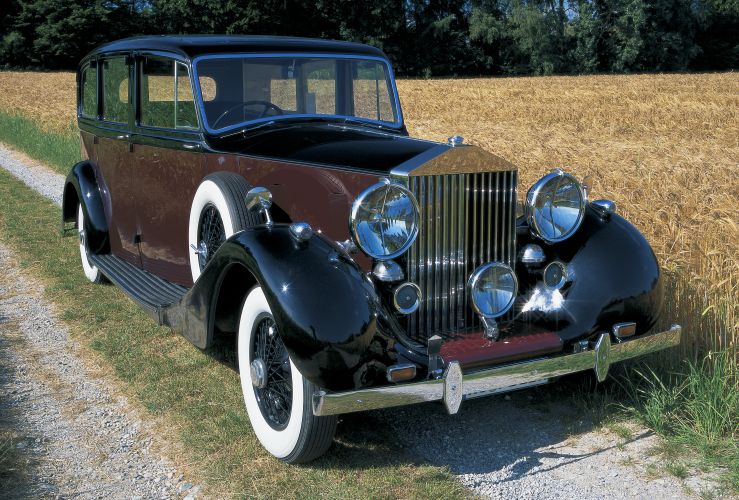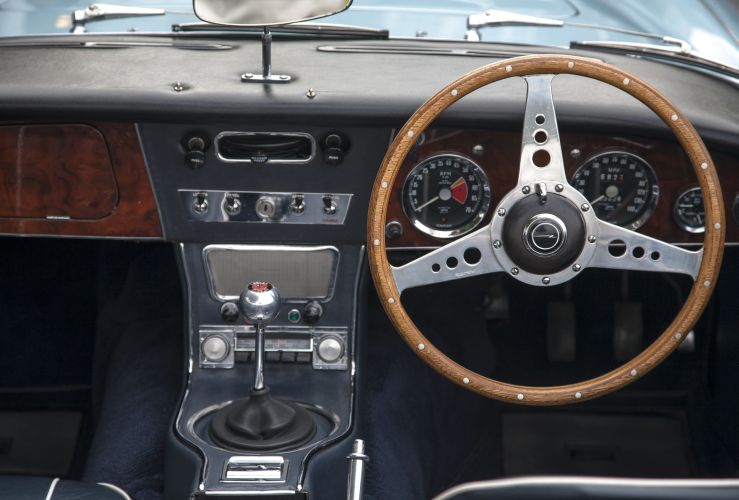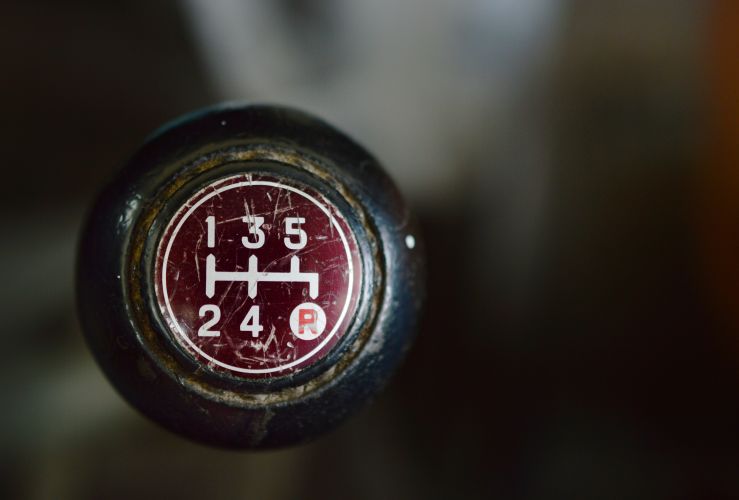If you're used to driving a modern car, the prospect of getting behind the wheel of an old car can be a little daunting.
Are older cars harder to drive?
As you might expect when it comes to driving an older car, older cars require a lot more physical exertion to start, steer and brake - because they lack much of the modern wizardry that makes driving a newer car so straightforward.
Here we explain the key things to be aware of before you attempt to drive an older car.

What exactly is an old car?
How old is a classic car?
Definitions of how old a car needs to be to be referred to as a classic car vary but typically, a classic car is a car built more than 25 years ago, but after 1930.
Vintage cars
Vehicles built before 1930 are considered "vintage" - and if you’re wondering how to drive a vintage car, know that these are even trickier to drive than an old classic car.
Veteran cars
A "veteran" car, meanwhile, is even older - they were among the very first to appear in the late 1800s.
Pedal confusion
Be aware that some older cars have the clutch, brake and accelerator in a different order.
When driving an old car, know which pedal is which before you set off!
The right fuel for an old car
Older cars were designed to run on leaded petrol, but this type of fuel has been phased out because it is harmful to the environment.
In order to run an older car, you'll need to either have certain engine components hardened - so they can deal with the excess wear - or use special additives that make regular petrol work like leaded.
Perhaps you are wondering if it is worth converting your old car to an EV?
Our article 'Is it worth converting a classic car to an EV?' explores this question in more detail.
Regular, ongoing maintenance
If you find yourself the owner of a classic old car, you'll have to stay on top of maintenance in order to keep it roadworthy.
It can be a time-consuming job - but also very rewarding for the classic car enthusiast.
Find out more about the costs of running a classic car.
Driving old cars: How to drive an old car?
Here are some important things to know when it comes to driving an old car, whether driving a vintage car, classic car or veteran:
Starting old cars: Using the choke to start the engine
The first big challenge when driving an old car is to start it.
Most older cars feature a choke - which controls the air-to-fuel mixture ratio.
The choke will help start the car quickly on a cold day and will help control fuel consumption when cruising along the Queen's highway.
To fire up the engine you'll need a little boost of fuel - a rich air/fuel mixture (as opposed to a lean air/fuel mixture).
Having warmed the engine up, you'll need to adjust the choke so you're running on a leaner mixture - and using up less fuel.
Car backfiring? Find out what could be causing your old car to backfire.
Understanding ignition timing on an old car
On some very old vehicles you may have to get to grips with ignition timing too.
What is ignition timing?
This relates to the position of the engine's rotation when the spark plug fires, igniting the fuel and driving down a piston.
With a cold engine, the spark plugs must fire a little earlier because the air/fuel mixture takes longer to burn. In this case, you'll need to "advance the ignition timing" to begin with, but then, when the engine is up to speed, you'll need to "delay the ignition timing" - in order to prevent nasty noises from the engine.
How to manage ignition timing on an old car?
There will be levers to advance or delay ignition timing. These might be found behind the steering wheel, or elsewhere on the dashboard.
Steering an old car: How easy is it to steer an old car?

Power steering didn't appear until the 1950s - and even then took a long time to become widespread. So, as you might expect, driving an older car can be a rather laborious affair, with no power steering to help.
Be ready for your arms to get a little tired when steering an old car.
Braking in an old car
And, you guessed it, there are no automatic emergency braking systems in older cars.
You'll need to have your wits about you at all times when driving an old car and be ready to start the braking process earlier than with a modern car.
Tailgating is a bad idea in any vehicle, but is especially so in older vehicles; make sure you leave plenty of space between you and the vehicle ahead, or in case a vehicle pulls out in front of you.
Remember, when driving an old car, that older brakes won’t be as quick or effective as newer models.
Gear changes in an old car
 Today's cars feature synchronised manual gearboxes, which essentially synchronize cog speeds to facilitate smooth gear changes.
Today's cars feature synchronised manual gearboxes, which essentially synchronize cog speeds to facilitate smooth gear changes.
This pretty much eliminates the nasty grinding sound reminiscent of a poor gear change.
Shifting up in an old car
Many older cars have unsynchronised gearboxes, which demand a little more effort.
When moving up a gear in an old car, you'll need to move the gear into neutral for a moment and release the clutch before depressing the pedal again and switching gear.
Shifting down in an old car
When changing down a gear in an old car, you'll need to touch the throttle for a brief second while the gearbox is in neutral. This helps match the rotation between the engine gears and the gears connected to the wheels.
Doing so when driving an old car will help prevent the car from lurching forward after the clutch is released.
Automatic gearboxes were developed at the start of World War Two, although they were a rarity until the 1950s.
If you get the opportunity to drive an older car with an auto gearbox, you can expect it to work in a similar way to modern gearboxes - although they will be a little less refined.
Can you drive an old car long distances?
Considering taking your old car on a road trip, but worried it might not be up to the task?
In general the car’s age and mileage doesn’t rule out driving long distances. As long as a car is well maintained well and running properly it should be able to handle a long trip without issues.
Indeed, many classic cars are better maintained than newer cars.
As with any car, you should carry out a series of vehicle checks before embarking on any long journey, such as checking your tyre pressure and your car oil levels.
If you’re planning on driving your old car in London, so long as your vehicle has a historic tax class, then you will be exempt from paying the ULEZ charge,
Breakdown cover for old cars
Our classic car breakdown cover offers cover for older vehicles of any worth – Start Rescue considers any vehicle over 20 years old as a classic, regardless of value. So, for car and classic car alike, why not get your breakdown cover quote today.




